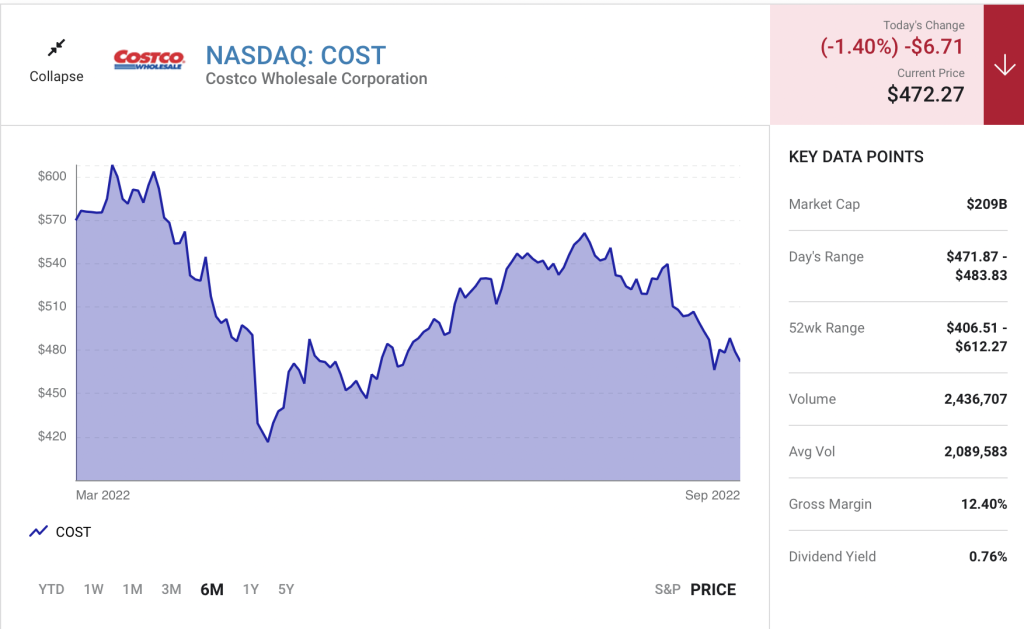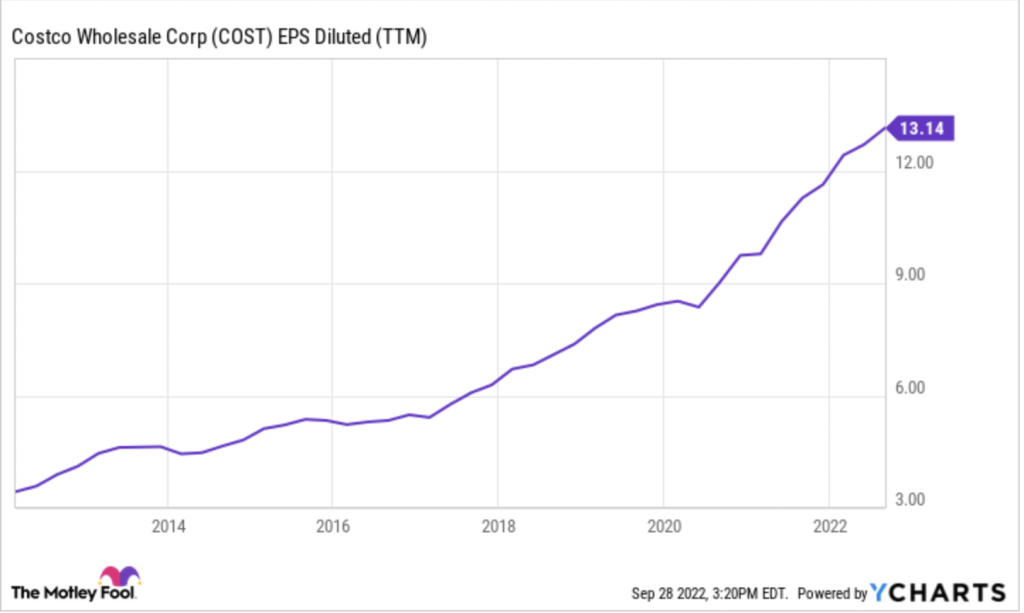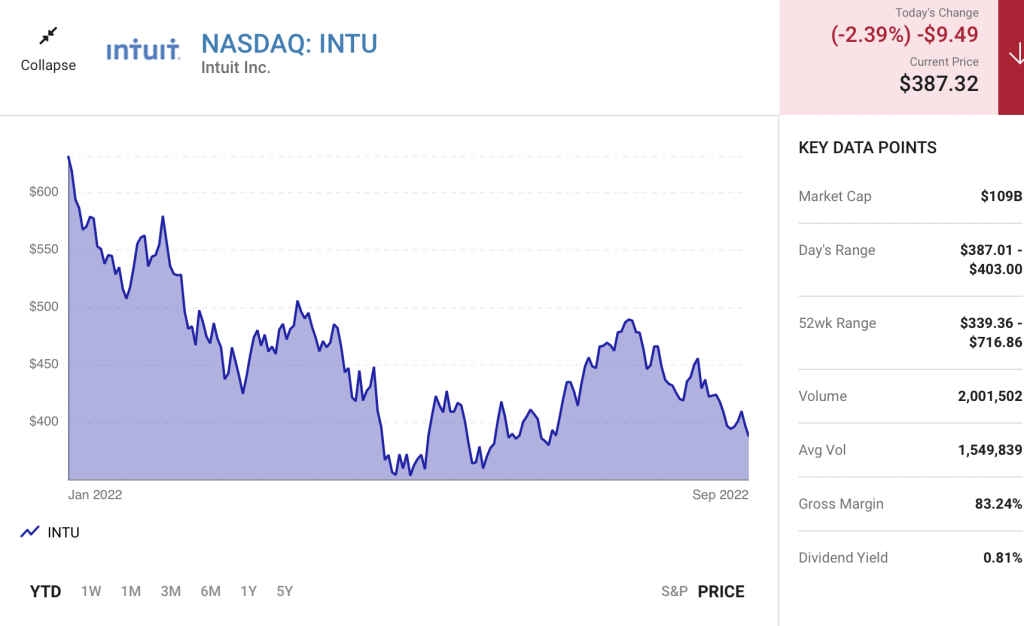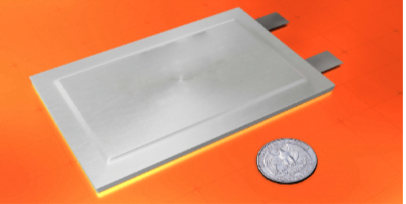Down sharply from their 52-week highs, these three growth stocks could help lead the recovery.
The S&P 500 has been in a bear market since June 13. So it is important to know a few things about bear markets. There have been 22 of them since 1928 (as measured by the S&P 500 index). Those bear markets have ranged from a 20.6% decline (barely meeting the 20% bear market threshold) to 83% in the depths of the Great Depression in 1930. Smart investors know that every bear market has ended with the same result — a recovery rally.
Some bear markets have yielded to spectacular bull market runs. For instance, the bear market in 1949 reached its lowest level on June 13. The ensuing bull market ran for 9,146 days (more than seven years) and gained 267% by the time it peaked. When the Great Recession troughed on March 9, 2009, a bull market then produced a 400% gain and lasted 1,997 days (nearly five-and-a-half years) until it peaked.
Perhaps most astonishingly, the bear market induced by Black Monday reached its nadir on Dec. 4, 1987. After that, it took only 701 days (less than two years) for the market to rally 582% to a new top.
It can be daunting to watch your portfolio wither from a bear market and still plunk down more of your hard-earned dollars to buy more beaten-down shares. But smart investors see bear markets as an opportunity to get in ahead of the recovery. One of the smartest investors, Warren Buffett, famously said: “When it’s raining gold, don’t bring a thimble. Bring a bucket.”
In other words, bear markets are a gift that gives investors a chance to buy growth stocks at mouth-watering prices. Doing so can lead to tremendous long-term results. Here’s a look at three beaten-down stocks that could lead the market recovery.
Customers love Costco
If you’re one of Costco Wholesale‘s (COST -1.40%) 111.6 million cardholders, you’ve likely seen the long lines at Costco’s wholesale warehouses. The stores are outrageously popular. Customers can get a 30-roll tower of toilet paper, a 36-can case of Coca-Cola, or a 35-ounce tub of cheese balls, all at the lowest price. I’ve gone to Costco just for its $10 family-sized pizza. They’re delicious.

Costco customers pay an annual fee for access to organic produce, fresh meat, and cleaning products. Customers can also fill their prescriptions at its pharmacy and have their tires changed. You name it, Costco probably sells it at a discount.
In the 10 years since 2011, Costco has built 223 massive warehouses, bringing its total to 815 at the end of 2021. Over that time, the company steadily added 47.6 million paying cardholders. As a result, earnings per share grew consistently.

The company is on pace to open another 28 new warehouses in 2022 and will continue to expand its global footprint for the foreseeable future. Yet the stock is down 20% from its 52-week high. Investors can buy the shares at a price-to-earnings (P/E) ratio of 36.8, nearly its most attractive point in this bear market.
Intuit is building a personal financial empire
Readers may recognize Intuit (INTU -2.39%) from its widely used online tax filing platform, Turbotax. The service goes hand-in-hand with its ubiquitous small business accounting software Quickbooks. The company boasts incredible market share by being one of the first movers in the two categories. TurboTax commands 92.8% of its market, while QuickBooks controls 81.9% of its market.

Intuit acquired Credit Karma in December 2020 and Mailchimp in November 2021. Credit Karma sells credit cards, personal loans, and insurance, while Mailchimp provides email contact and sales solution to small businesses. Intuit plans to upsell the two complementary services to its expansive small business customer list over the next several years.
Amid this year’s bear market, Intuit reported that fiscal year (ended July 31) adjusted earnings per share grew by 22% to $11.85. The company forecasts continued growth next year, but the stock is down 43% from its 52-week high. Intuit stock commands a fairly high P/E ratio of 56, but that’s down considerably from its November high of over 90.
InMode makes plastic surgery a breeze
InMode‘s (INMD 1.50%) fast-growing minimal and non-invasive, radiofrequency (RF) technology displaces painful liposuction, wrinkle reduction, and body contouring. The company’s devices eliminate cutting into patients, which leads to faster results and quicker recoveries.
Physicians around the globe rapidly joined the party over the years because InMode’s products are faster than plastic surgery. That means they can see more patients and grow their profits. Body aesthetics has become a staple in a world where the word “selfie” translates into every language. InMode’s devices provide safer and faster results for patients who want to look their best without surgery.
The company has increased its revenue from $23.1 million in 2016 to $357.6 million in 2021, and the stock followed suit. The company IPO’d in August 2019 at $14 and increased 609% to its recent 52-week high of $99.27.
The bear market has caused shares to retreat 71% from that high, but the company forecasts adjusted earnings per share between $2.11 and $2.16 for this year. That implies a forward price-to-earnings ratio of just 12, a significantly better value than its five-year average of 26.
Buy now or wait?
There is no telling when today’s bear market will give way to the bulls. But the stock market is always forward-looking. So the risk of waiting for good macroeconomic news is that the market may have already recovered. Buying the stocks of great companies at depressed prices is a recipe for market-beating returns. Even if it means the bear market persists for a while, it’s better than suffering from the regret of missing out on opportunities like these.
Read Next – The truth about Tesla
Tesla is an electric car company, right?
Not for long…
Details of Elon Musk’s future plans for Tesla recently got out.
And get this…
Tesla is headed in an entirely new direction.
Musk says it’s “probably [worth] several times that of what the car business is per year”… and it could soon be 50% of Tesla’s business.
That’s because this new trend is worth $130 trillion according to Forbes.
But Musk isn’t the only billionaire gunning for all this money.
Five billionaires are backing a tiny $4 company that could beat Tesla to the punch.
It’s an epic billionaire battle with a $130 trillion grand prize.
Former Goldman Sachs executive Nomi Prins recently explained what’s going on in this video.
It includes a 30-second demonstration that reveals why these 5 billionaires are betting against Musk, and backing this tiny $4 company instead.
Click here to watch the 30-second demo.





